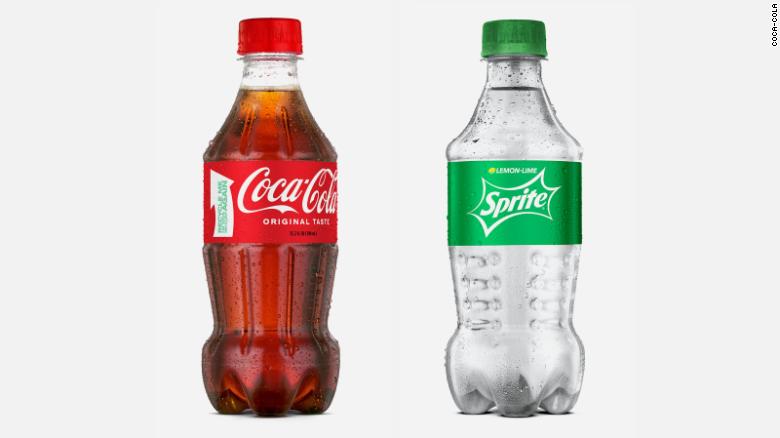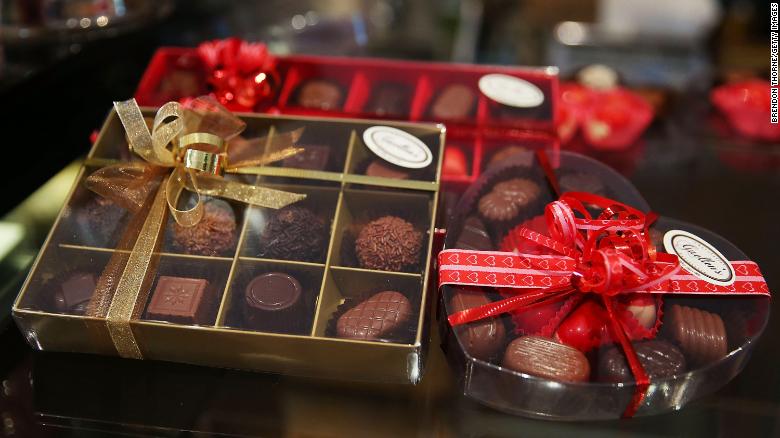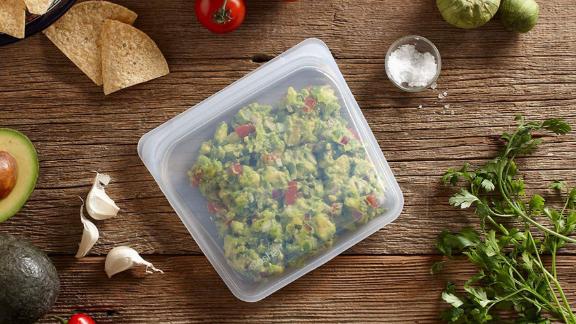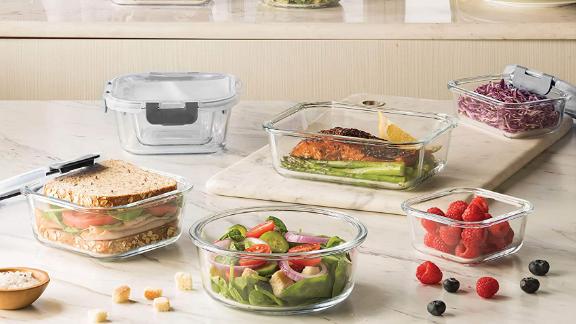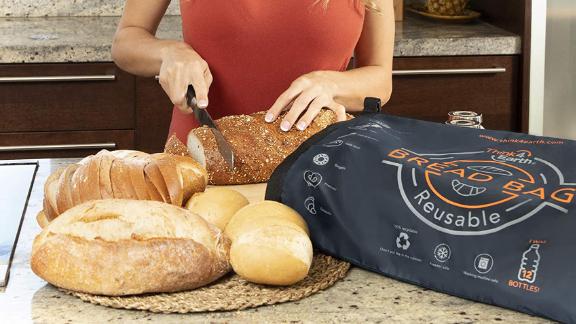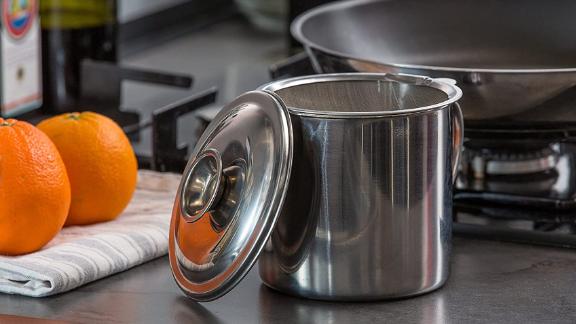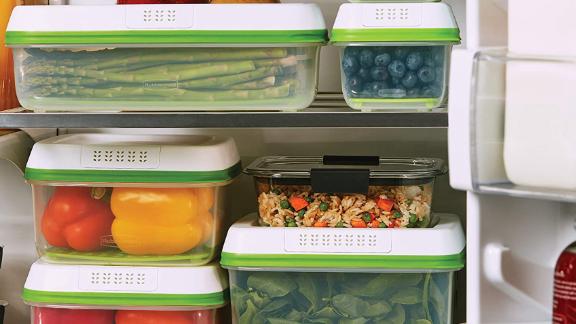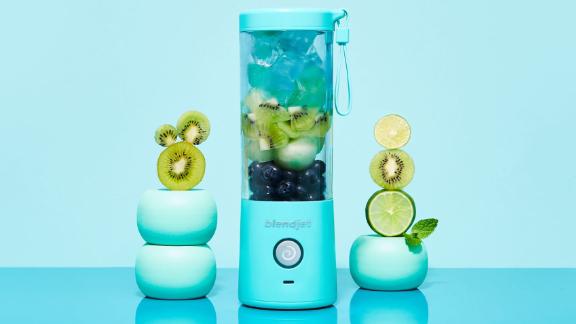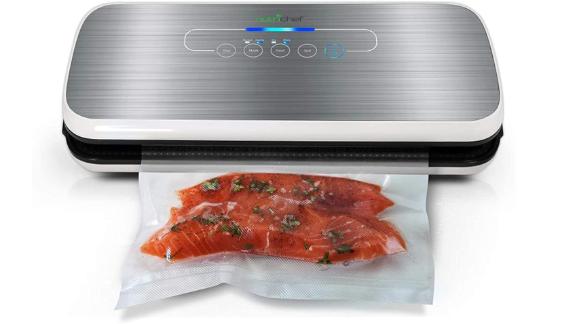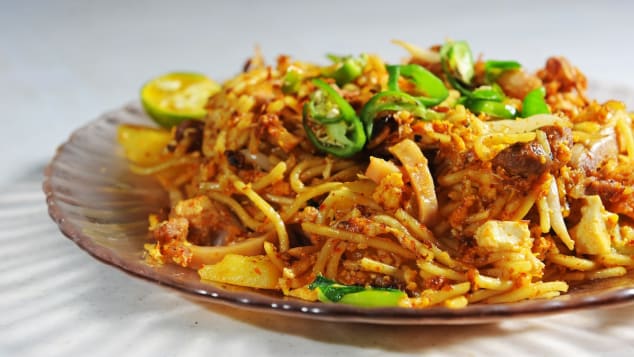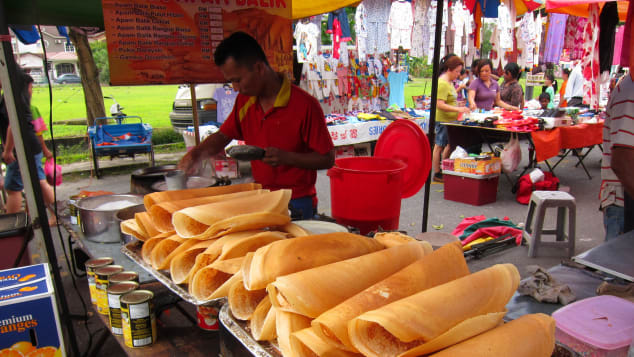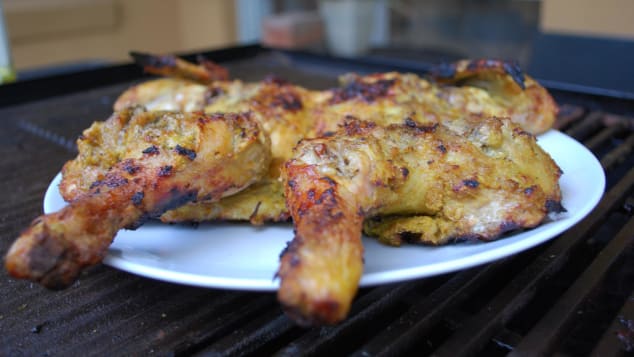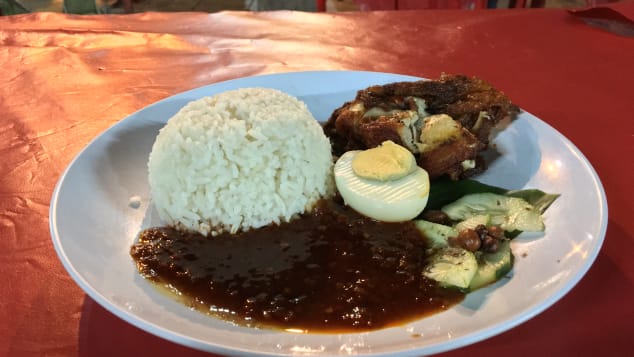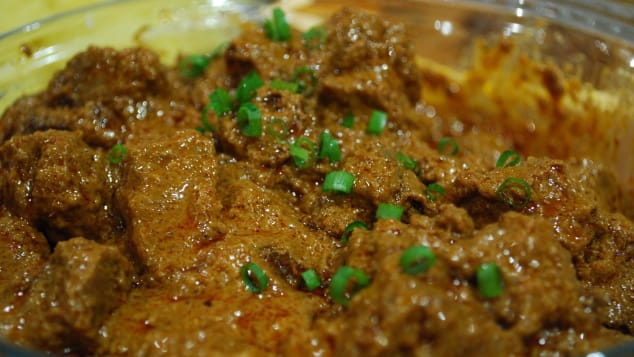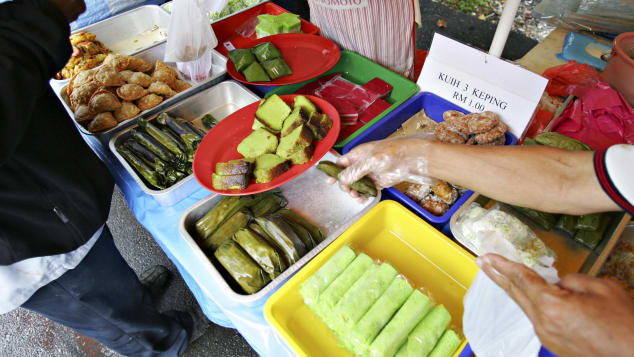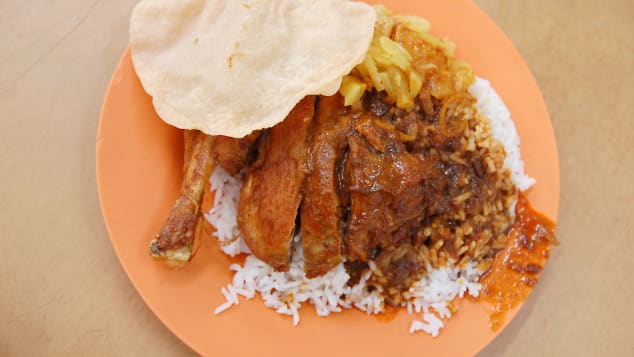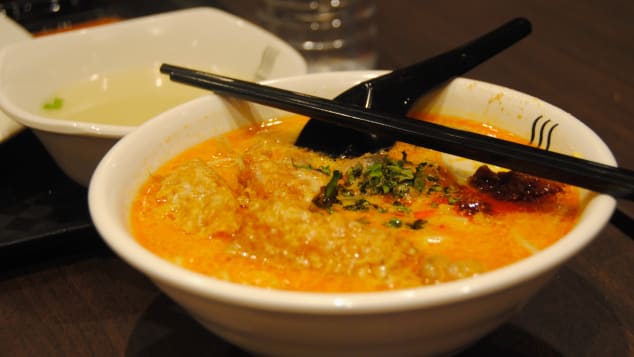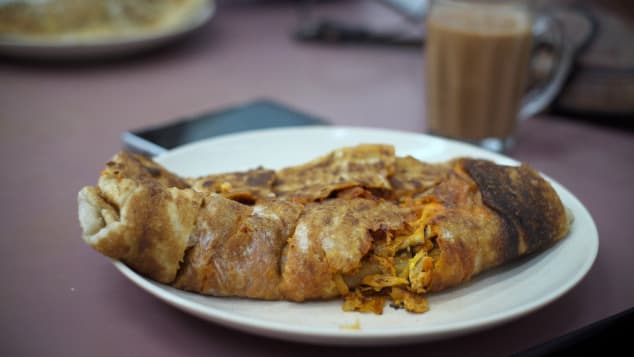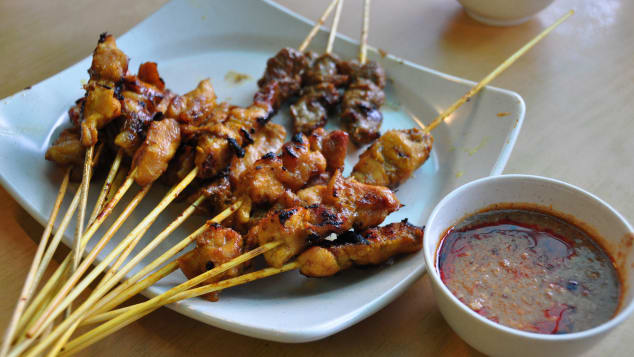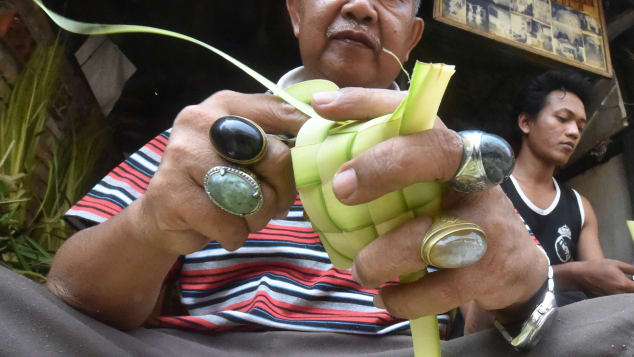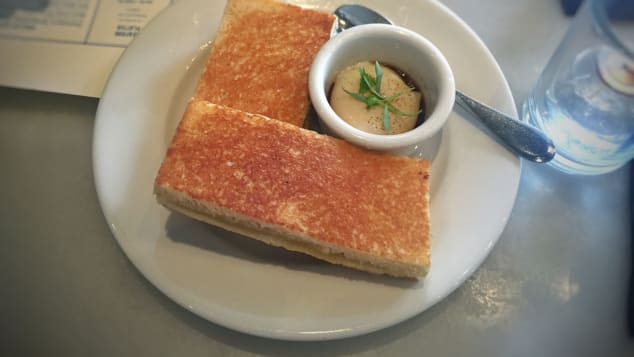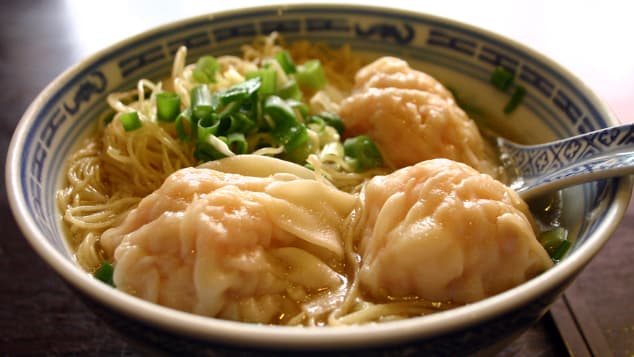Drinking one or more cups of plain, leaded coffee a day was associated with a long-term reduced risk of heart failure, according to a review of diet data from three major studies using analytic tools from the American Heart Association.

Compared with non-coffee drinkers, the analysis found the risk of heart failure over time decreased between 5% and 12% for each cup of coffee consumed daily.
The benefit did not extend to decaffeinated coffee. Instead, the analysis found an association between decaf coffee and an increased risk for heart failure.
Heart failure occurs when a weakened heart fails to supply the body's cells with enough blood to get the oxygen needed to keep the body functioning properly. People with heart failure suffer fatigue and shortness of breath and have trouble walking, climbing stairs or other daily activities.
"While unable to prove causality, it is intriguing that these three studies suggest that drinking coffee is associated with a decreased risk of heart failure and that coffee can be part of a healthy dietary pattern if consumed plain, without added sugar and high fat dairy products such as cream," said registered dietitian Penny Kris-Etherton, immediate past chairperson of the American Heart Association's Lifestyle and Cardiometabolic Health Council Leadership Committee, in a statement. She was not involved with the research.
Massive data analysis
The study, published Tuesday in the AHA journal Circulation: Heart Failure, analyzed self-reported dietary information from the original Framingham Heart Study. That study, which began in 1948, enrolled over 5,000 people with no diagnosed heart disease who lived in Framingham, Massachusetts. The study has followed those people and their offspring for 72 years over three generations.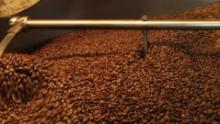
The new study used state-of-the-art analytic tools from the AHA's Precision Medicine Platform to compare the Framingham data to the Atherosclerosis Risk in Communities Study, a longitudinal, multisite, biracial study, and the Cardiovascular Health Study, a 10-year-long study of cardiovascular risk in adults over 65.
Altogether, the studies provided dietary information on more than 21,000 adult Americans.
Compared with people who didn't drink coffee, the analysis found the risk of heart failure over time decreased between 5% and 12% for each cup of coffee consumed each day in the Framingham Heart and the Cardiovascular Health studies.
The risk of heart failure remained the same for drinking no coffee or one cup per day in the Atherosclerosis Risk in Communities Study. But when people drank two or more cups of black coffee a day the risk decreased by about 30%, the analysis found.
"The association between caffeine and heart failure risk reduction was surprising," said senior author Dr. David Kao, medical director of the Colorado Center for Personalized Medicine at the University of Colorado School of Medicine in Aurora.

"Coffee and caffeine are often considered by the general population to be 'bad' for the heart because people associate them with palpitations, high blood pressure, etc. The consistent relationship between increasing caffeine consumption and decreasing heart failure risk turns that assumption on its head," Kao said in a statement.
A bit of caution
All of these studies were done with drinking black coffee. However, many people add dairy, sugars, flavors or nondairy creamers that are high in calories, added sugar and fat. That likely negates any heart-healthy benefits, warns the AHA.Also be aware that in most studies a cup of coffee is only 8 ounces; the standard "grande" cup at the coffee shop is double that at 16 ounces.

How you brew your coffee also has health consequences. Unlike filter coffee makers, a French press, Turkish coffee or the boiled coffee popular in Scandinavian countries fails to catch a compound called cafestol in the oily part of coffee. Cafestol can increase your bad cholesterol or LDL (low-density lipoproteins).
Caffeine can be dangerous if consumed in excess by certain populations, research has shown. High levels of coffee consumption (more than 4 cups) during pregnancy was associated with low birth weight, preterm birth and stillbirths in a 2017 study. For women with a higher likelihood of bone fractures, coffee raised that risk; the same was not true for men.
Past studies also suggested people with sleep issues or uncontrolled diabetes should check with a doctor before adding caffeine to their diets.
And, of course, these benefits do not apply to kids -- children and adolescents should not drink colas, coffees, energy drinks or other beverages with any amount of caffeine, according to the American Academy of Pediatrics.
"The bottom line: enjoy coffee in moderation as part of an overall heart-healthy dietary pattern that meets recommendations for fruits and vegetables, whole grains, low-fat/non-fat dairy products, and that also is low in sodium, saturated fat and added sugars," Kris-Etherton said.
"Also, it is important to be mindful that caffeine is a stimulant and consuming too much may be problematic - causing jitteriness and sleep problems," she said.
